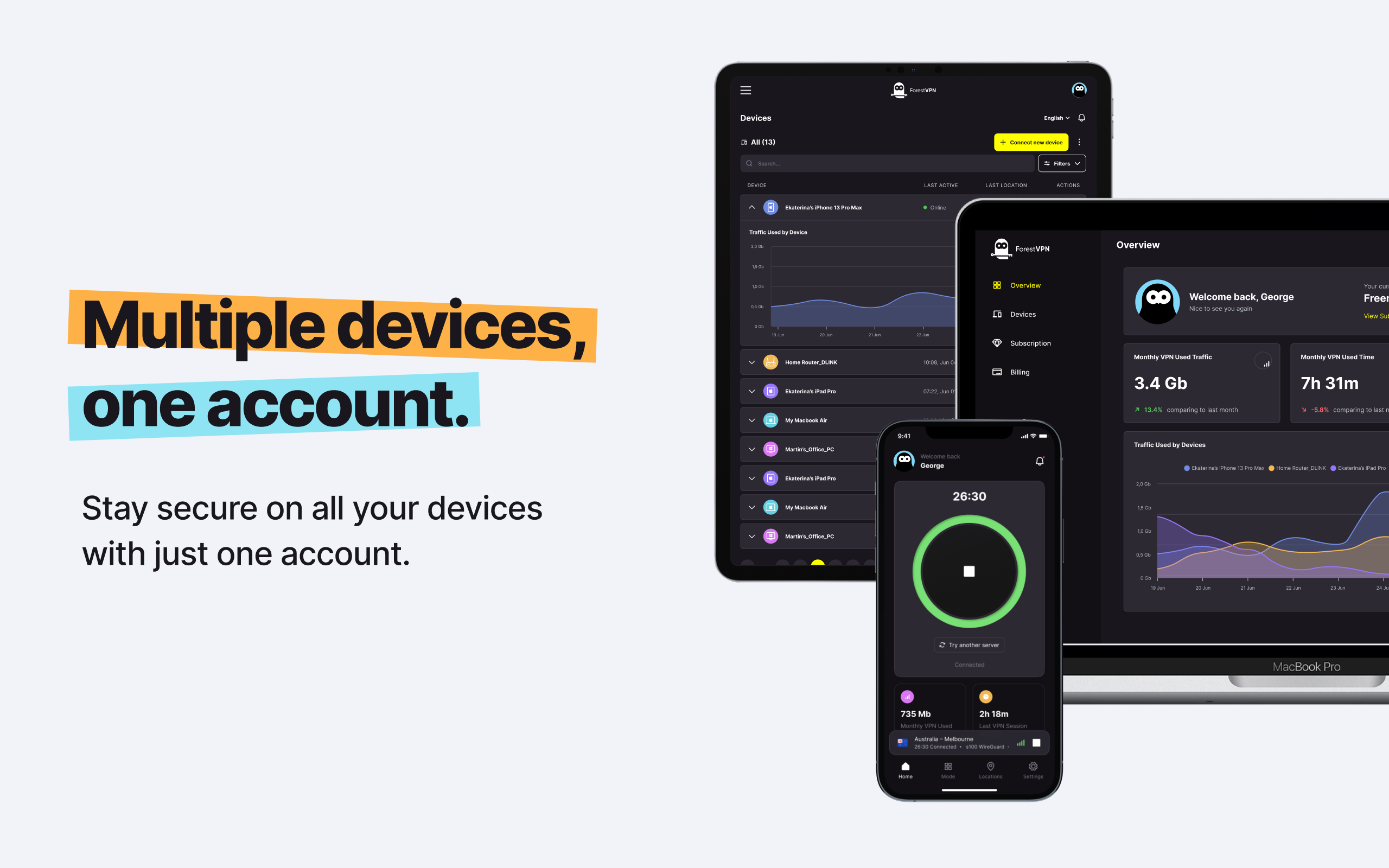Setting up a home server to run a Bitcoin node might seem like a daunting task, but fear not – we’re here to guide you through the process step by step. In this tutorial, we’ll cover everything from downloading essential software to configuring your server and making your first payment using ForestVPN. This article will tell you everything you neeed to know about Bitcoin Node Setup.

Prerequisites
Before we dive into the installation process, let’s make sure you have all the necessary components for the Bitcoin Node Setup. Run the following command in your terminal:
sudo apt-get install -y build-essentialEnsure Git is installed. If not, install it with:
sudo apt install gitNow, let’s download and install lnd:
go get -d github.com/lightningnetwork/lnd
cd ~/go/src/github.com/lightningnetwork/lnd
git fetch --tags
git checkout v0.5.2-beta
make && make installAfter installation, check if lnd is properly installed:
lnd --version
lncli --versionConfigure lnd
Create a configuration file for lnd using the following commands:
mkdir ~/.lnd
nano ~/.lnd/lnd.confFill in the necessary information, including your node’s alias, color, and Bitcoin credentials. Find your IP address in the Lunanode dashboard if that’s your server provider.
Configure Bitcoind
Now, let’s make some adjustments to Bitcoind. Open the config file:
nano ~/.bitcoin/bitcoin.confAdd the following lines:
rpcuser=<your username>
rpcpassword=<your password>
zmqpubrawblock=tcp://127.0.0.1:28332
zmqpubrawtx=tcp://127.0.0.1:28333Save and close the file, then restart Bitcoind:
sudo service bitcoind restartLaunch lnd and Create a Wallet
Before launching lnd, ensure Bitcoind is fully synced. Launch lnd by typing:
lndCheck the output for any errors. If everything looks good, close lnd by pressing Ctrl+C and run it in the background:
lnd &>/dev/null &
disownFor detailed logs, open a new terminal and run:
bashCopy code
tail -f ~/.lnd/logs/bitcoin/mainnet/lnd.logCreate a Wallet
While lnd is running, create a wallet by entering the command:
lncli createEnter a wallet password, and you’re set.
Sync lnd
Since this is the first time starting lnd, you’ll need to sync it. Check with:
lncli getinfoIf it’s not synced, ensure Bitcoind is running and synced. Now, let’s move on to opening a channel.
Open a Channel
Make sure lnd is running and synced:
lncli getinfoDeposit coins into your node:
lncli newaddress p2wkhSend Bitcoin to this address and check the balance:
lncli walletbalanceConnect to a Node
Connect to a Lightning node using its URI. For example:
lncli connect [node_URI]Once connected, open a channel:
lncli openchannel [node_public_key] [funds_amount]After confirmation on the Blockchain, your channel will be active.
Make a Payment
Ensure outgoing liquidity by depositing Bitcoin and open channels. To make a payment:
lncli payinvoice [Lightning_invoice]Confirm the amount and destination, and your payment will be successful.
Receive a Payment
To receive payments, generate an invoice:
lncli addinvoice --memo "a memo" --amt [amount] --expiry [expiry_time]Encourage others to open channels with you for incoming liquidity.
Update lnd
Keep your Lightning network software updated. To upgrade lnd:
lncli stop
cd ~/go/src/github.com/lightningnetwork/lnd
git pull
git checkout [latest_release]
make clean && make && make install
lnd &>/dev/null &Useful Commands with lnd
Explore additional commands with:
lncli helpGet basic information about your node:
lncli getinfoList open channels:
lncli listchannelsView Lightning network scope:
lncli getnetworkinfoCheck your node’s earnings from routing payments:
lncli feereportConnect to a peer manually:
lncli connect [peer_URI]Check wallet and channel balances:
lncli walletbalance
lncli channelbalanceOptional: Connect Zap Desktop
Zap provides a user interface for your Lightning node. Download and install Zap, amend the lnd.conf file, and restart lnd. Open your firewall, and you’re ready to go. This completes our guide to the Bitcoin Node Setup.
FAQs:
- Can I use ForestVPN for running a Bitcoin node on a home server?Absolutely! ForestVPN ensures secure and private connections, making it an excellent choice for running a Bitcoin node.
- How often should I update my lnd software?It’s advisable to stay updated with the latest releases to benefit from new features and bug fixes. Regularly check for updates and follow the upgrade process outlined in the guide.
- Why is incoming liquidity important for receiving Bitcoin payments?Incoming liquidity allows your node to receive payments. Encourage others to open channels with your node to ensure a smooth flow of incoming transactions.

